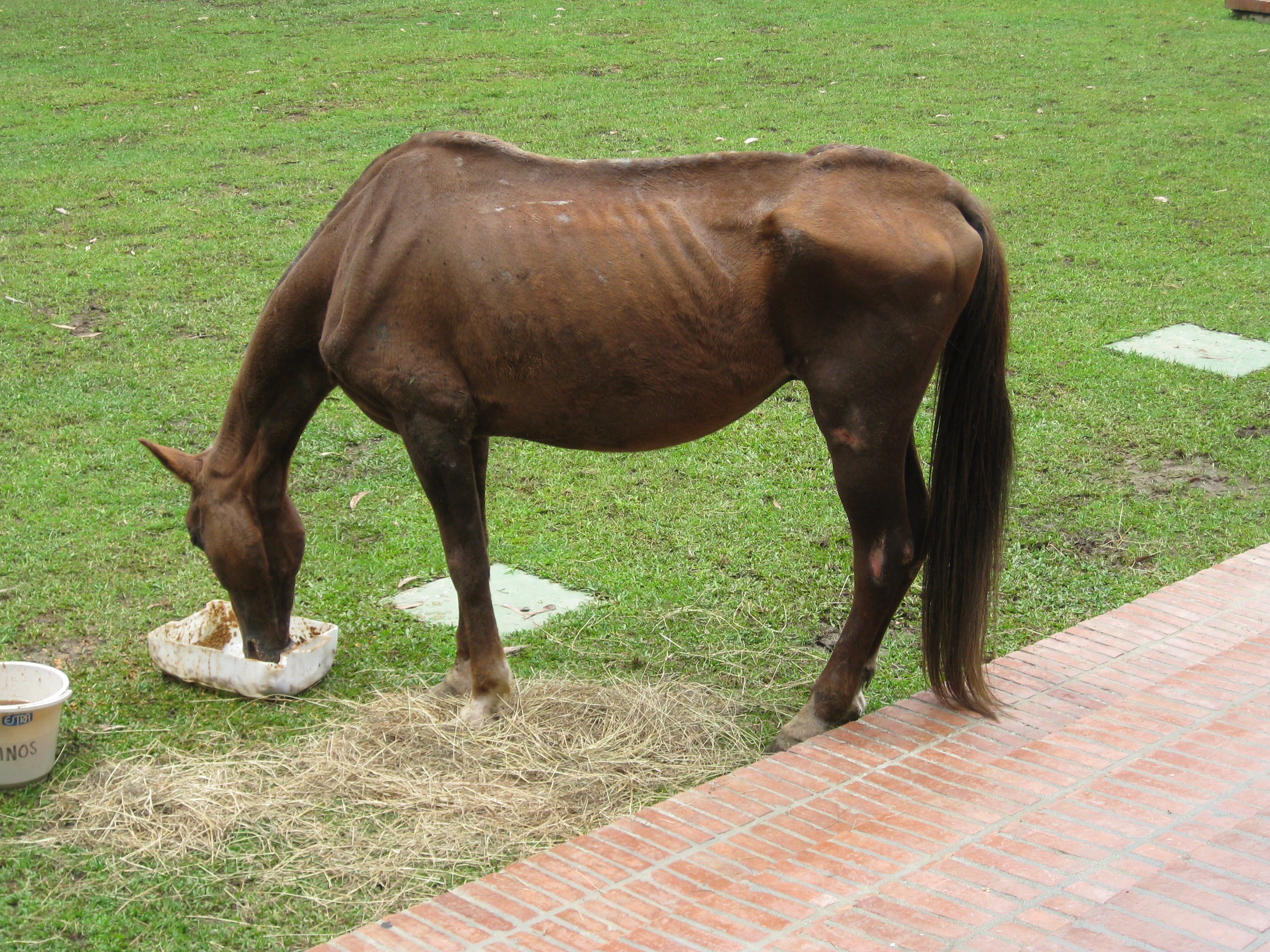|
Izamal Municipality
Izamal Municipality (In the Yucatec Maya Language: “dew of heaven”) is one of the 106 municipalities in the Mexican state of Yucatán containing (275.92 km2) of land and located roughly 67 km east of the city of Mérida. History Izamal is believed to have been founded in the late Pre-classic period (750 to 200 A.C.), by Zamná, priest of the god Itzamná. Most of the construction on the site dates to the Proto-classic period (200 B.C. to 200 a.c.), the Early Classic (200 to 600 A.C.) And Late Classic (600 to 800 A.C.) periods. When Chichen Itzá rose, during the Final Classic period (800 to 1000 A.C.), Izamal was partially abandoned. After the conquest the area became part of the encomienda The ''encomienda'' () was a Spanish labour system that rewarded conquerors with the labour of conquered non-Christian peoples. The labourers, in theory, were provided with benefits by the conquerors for whom they laboured, including military ... system, which was imp ... [...More Info...] [...Related Items...] OR: [Wikipedia] [Google] [Baidu] |
Spanish Conquest Of Yucatán
The Spanish conquest of Yucatán was the campaign undertaken by the Spanish '' conquistadores'' against the Late Postclassic Maya states and polities in the Yucatán Peninsula, a vast limestone plain covering south-eastern Mexico, northern Guatemala, and all of Belize. The Spanish conquest of the Yucatán Peninsula was hindered by its politically fragmented state. The Spanish engaged in a strategy of concentrating native populations in newly founded colonial towns. Native resistance to the new nucleated settlements took the form of the flight into inaccessible regions such as the forest or joining neighbouring Maya groups that had not yet submitted to the Spanish. Among the Maya, ambush was a favoured tactic. Spanish weaponry included broadswords, rapiers, lances, pikes, halberds, crossbows, matchlocks and light artillery. Maya warriors fought with flint-tipped spears, bows and arrows and stones, and wore padded cotton armour to protect themselves. The Spanish int ... [...More Info...] [...Related Items...] OR: [Wikipedia] [Google] [Baidu] |
Hacienda San Antonio Chalante
An ''hacienda'' ( or ; or ) is an estate (or ''finca''), similar to a Roman ''latifundium'', in Spain and the former Spanish Empire. With origins in Andalusia, ''haciendas'' were variously plantations (perhaps including animals or orchards), mines or factories, with many ''haciendas'' combining these activities. The word is derived from Spanish ''hacer'' (to make, from Latin ''facere'') and ''haciendo'' (making), referring to productive business enterprises. The term ''hacienda'' is imprecise, but usually refers to landed estates of significant size, while smaller holdings were termed ''estancias'' or ''ranchos''. All colonial ''haciendas'' were owned almost exclusively by Spaniards and criollos, or rarely by mestizo individuals. In Mexico, as of 1910, there were 8,245 haciendas in the country. In Argentina, the term ''estancia'' is used for large estates that in Mexico would be termed ''haciendas''. In recent decades, the term has been used in the United States for an archit ... [...More Info...] [...Related Items...] OR: [Wikipedia] [Google] [Baidu] |
The Yucatan Times
''The'' () is a grammatical article in English, denoting persons or things that are already or about to be mentioned, under discussion, implied or otherwise presumed familiar to listeners, readers, or speakers. It is the definite article in English. ''The'' is the most frequently used word in the English language; studies and analyses of texts have found it to account for seven percent of all printed English-language words. It is derived from gendered articles in Old English which combined in Middle English and now has a single form used with nouns of any gender. The word can be used with both singular and plural nouns, and with a noun that starts with any letter. This is different from many other languages, which have different forms of the definite article for different genders or numbers. Pronunciation In most dialects, "the" is pronounced as (with the voiced dental fricative followed by a schwa) when followed by a consonant sound, and as (homophone of the archaic pro ... [...More Info...] [...Related Items...] OR: [Wikipedia] [Google] [Baidu] |
Animal Cruelty
Cruelty to animals, also called animal abuse, animal neglect or animal cruelty, is the infliction by omission (neglect) or by commission by humans of suffering or harm upon non-human animals. More narrowly, it can be the causing of harm or suffering for specific achievements, such as killing animals for entertainment; cruelty to animals sometimes encompasses inflicting harm or suffering as an end in itself, referred to as zoosadism. Divergent approaches to laws concerning animal cruelty occur in different jurisdictions throughout the world. For example, some laws govern methods of killing animals for food, clothing, or other products, and other laws concern the keeping of animals for entertainment, education, research, or pets. There are several conceptual approaches to the issue of cruelty to animals. Even though some practices, like animal fighting, are widely acknowledged as cruel, not all people and nations have the same definition of what constitutes animal cruelty. Ma ... [...More Info...] [...Related Items...] OR: [Wikipedia] [Google] [Baidu] |
Animal Rights
Animal rights is the philosophy according to which many or all sentient animals have moral worth that is independent of their utility for humans, and that their most basic interests—such as avoiding suffering—should be afforded the same consideration as similar interests of human beings. Broadly speaking, and particularly in popular discourse, the term "animal rights" is often used synonymously with "animal protection" or "animal liberation". More narrowly, "animal rights" refers to the idea that many animals have fundamental rights to be treated with respect as individuals—rights to life, liberty, and freedom from torture that may not be overridden by considerations of aggregate welfare. Many advocates for animal rights oppose the assignment of moral value and fundamental protections on the basis of species membership alone. This idea, known as speciesism, is considered by them to be a prejudice as irrational as any other. They maintain that animals should no lon ... [...More Info...] [...Related Items...] OR: [Wikipedia] [Google] [Baidu] |
Mayan People
Mayan most commonly refers to: * Maya peoples, various indigenous peoples of Mesoamerica and northern Central America * Maya civilization, pre-Columbian culture of Mesoamerica and northern Central America * Mayan languages, language family spoken in Mesoamerica and northern Central America * Yucatec Maya language, language spoken in the Yucatán Peninsula and northern Belize Mayan may also refer to: * Mayan, Semnan, Iran * Mayan stage, geological period that occurred during the end of the Middle Cambrian * Mayan (band) Mayan (stylized as MaYaN) is a Dutch symphonic death metal band founded by vocalist Mark Jansen, guitarist Frank Schiphorst, and keyboardist Jack Driessen. The band features many different vocalists (either full-time members or guests) in a mi ..., a Dutch symphonic death-metal band * Mayan (software) See also * List of Mayan languages * Maayan (other) * '' Mayan Renaissance'' * Mayan-e Olya, East Azerbaijan * Mayan-e Olya, Razavi Khorasan * ... [...More Info...] [...Related Items...] OR: [Wikipedia] [Google] [Baidu] |
English Language
English is a West Germanic language of the Indo-European language family, with its earliest forms spoken by the inhabitants of early medieval England. It is named after the Angles, one of the ancient Germanic peoples that migrated to the island of Great Britain. Existing on a dialect continuum with Scots, and then closest related to the Low Saxon and Frisian languages, English is genealogically West Germanic. However, its vocabulary is also distinctively influenced by dialects of France (about 29% of Modern English words) and Latin (also about 29%), plus some grammar and a small amount of core vocabulary influenced by Old Norse (a North Germanic language). Speakers of English are called Anglophones. The earliest forms of English, collectively known as Old English, evolved from a group of West Germanic ( Ingvaeonic) dialects brought to Great Britain by Anglo-Saxon settlers in the 5th century and further mutated by Norse-speaking Viking settlers starting in ... [...More Info...] [...Related Items...] OR: [Wikipedia] [Google] [Baidu] |
Kots Kaal Pato
Kots Kaal Pato (English: Strangle the Duck) is a controversial event practiced among some Mayan youth in the village of Citilcum within the Mexican state of Yucatán. In the event, ducks, bound to high wooden crossbeams by their feet, are mutilated in a ceremony-like atmosphere. It has attracted condemnation from animal rights activists in the region, with several Mexican environmental authorities filing an animal cruelty complaint on the matter. See also *Animal cruelty in Mexico Cruelty to animals, also called animal abuse, animal neglect or animal cruelty, is the infliction by omission (neglect) or by commission by humans of suffering or harm upon non-human animals. More narrowly, it can be the causing of harm or suf ... References Animal rights Animal sacrifice Cruelty to animals Ducks Maya peoples of Mexico Mexican culture {{Mexico-stub ... [...More Info...] [...Related Items...] OR: [Wikipedia] [Google] [Baidu] |
Izamal
Izamal () is a small city in the Mexican state of Yucatán, east of state capital Mérida, in southern Mexico. Izamal was continuously occupied throughout most of Mesoamerican chronology; in 2000, the city's estimated population was 15,000 people. Izamal is known in Yucatán as the Yellow City (most of its buildings are painted yellow) and the City of Hills (that actually are the remains of ancient temple pyramids). Pre-Columbian Izamal Izamal is an important archaeological site of the Pre-Columbian Maya civilization. It is probably the biggest city of the Northern Yucatec Plains, covering a minimal urban extension of . Its monumental buildings exceed 1,000,000 cubic meters of constructive volume and at least two raised causeways, known by their Mayan term '' sacbeob'', connect it with other important centers, Ruins of Ake, located to the west and Kantunil, 18 kilometers to the south, evidencing the religious, political and economic power of this political unit over a terr ... [...More Info...] [...Related Items...] OR: [Wikipedia] [Google] [Baidu] |
Maya Codices
Maya codices (singular ''codex'') are folding books written by the pre-Columbian Maya civilization in Maya hieroglyphic script on Mesoamerican bark paper. The folding books are the products of professional scribes working under the patronage of deities such as the Tonsured Maize God and the Howler Monkey Gods. Most of the codices were destroyed by conquistadors and Catholic priests in the 16th century. The codices have been named for the cities where they eventually settled. The Dresden codex is generally considered the most important of the few that survive. The Maya made paper from the inner bark of a certain wild fig tree, ''Ficus cotinifolia''. This sort of paper was generally known by the word ''huun'' in Mayan languages (the Aztec people far to the north used the word '' āmatl'' for paper). The Maya developed their ''huun''-paper around the 5th century, which is roughly the same time that the codex became predominant over the scroll in the Roman world. Maya paper wa ... [...More Info...] [...Related Items...] OR: [Wikipedia] [Google] [Baidu] |



.png)



